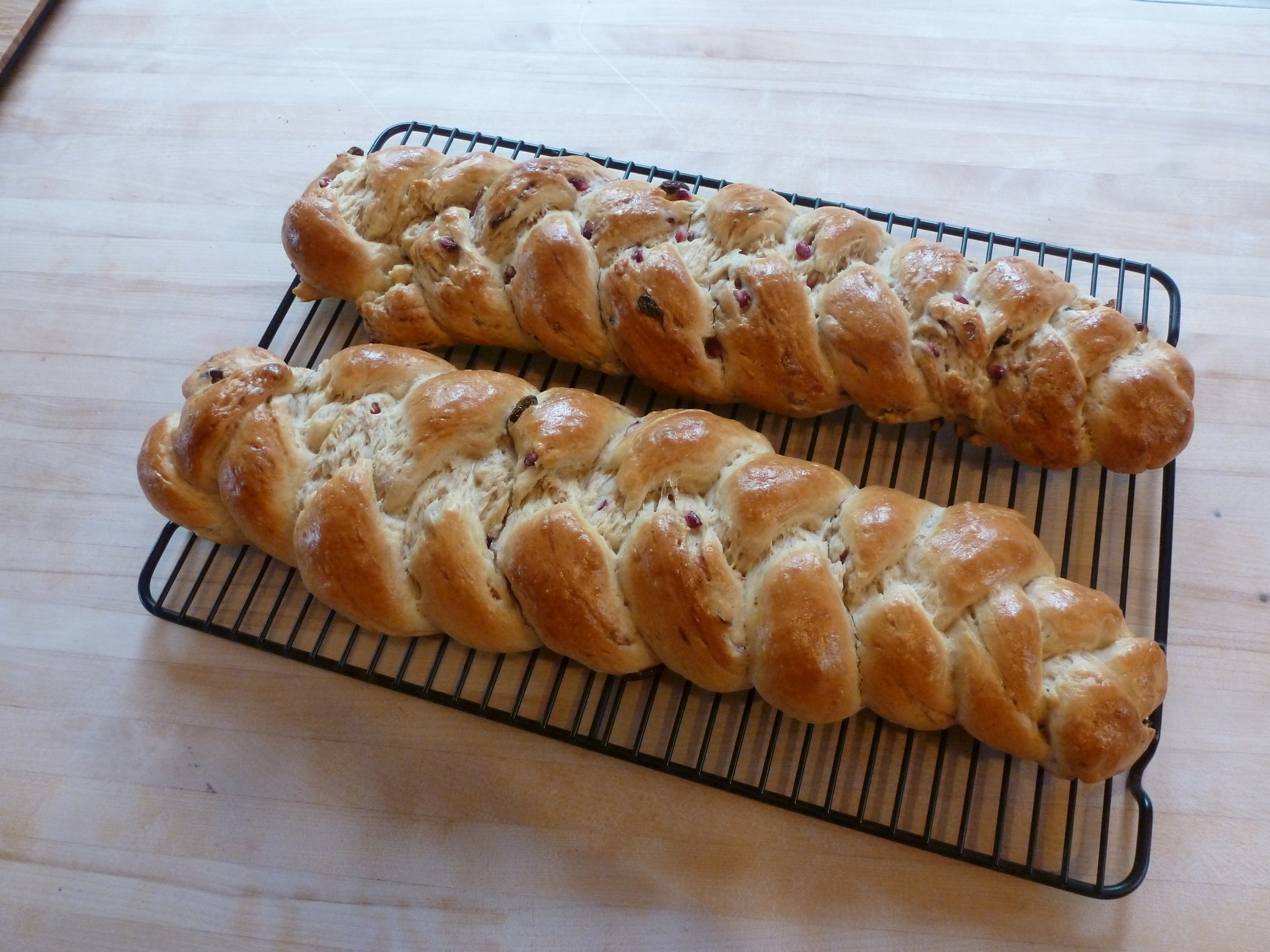Week 6: "About Time!"
Daniel Barash
My daughter is all about Time these days: “Was I a baby?” “Am I am a big girl now?” “Is Olivia (our teen neighbor) turning into a woman?” “Will I be a woman?” “Will you (Abba and Papa) get old?” “Will Sasha (my mother-in-law’s dog, who at nine is showing signs of aging) die?” This, at three-and-a-half.
It’s questions like these that remind me how as youngsters, we have to learn about the knotty concept of time (should I inform her now that we never really stop asking such questions—think “Where has all the time GONE?! I’m getting so OLD!”).
Earlier this month, soon after writing the “Let Me Tell You a Story” post, in which I explored the beauty and wonder of the Image (unburdened by any accompanying text), I found myself wandering into that same local bookstore, unknowingly in search of more “wordless picture books,” perhaps myself missing the beauty of the image. After perusing a few titles, I hit upon “Before After,” in the children’s section, a whopping 176 page “image book,” comprised of double-page spreads, one side the “before,” the other side its “after.” Think acorn→oak tree, caterpillar→butterfly, egg→chicken (followed by chicken→egg!), rocking horse→rocking chair, baking ingredients→fantabulous wedding cake—you get the picture!
I was immediately enchanted, and I had a hunch that it would be wonderful to share with Aviva, a few pages here, a few pages there. As I quickly learned, I was right about the wonderful-to-share part, and absolutely wrong about the few-pages-here-and-there assumption. She quickly devoured it, and now insists on “reading” the entire book at every sitting. Be careful what you wish for!
What is it about this book, and why is it so captivating? I think it goes back to the architecture of story. For though this volume is broken up into two-page spreads, they are each in fact “mini-stories,” waiting for us as readers to decipher, find meaning in, and tell—to ourselves and others. How does an acorn become a tree? How does an egg become a chicken, and how does that chicken then hatch another egg, starting the process again? How can a crawling caterpillar transform into a flying wonder? And how can a fantabulous wedding cake turn into one lonely slice, surrounded by nothing but crumbs?!
And though all these stories are different, they all share one thing in common, of course—the passage of time. Some are incredibly short (how long does it take for hungry guests to consume that cake?), and some are long (think seed to shining tree), but they all have an “in-between,” a process of getting from here to there, from the before to the inevitable after.
Since we began this baking journey together, we’ve had a weekly opportunity to see this “Before After” paradigm play itself out over and over. As in the "Challahs in the Ark" folktale, we “combine flour and water, add the yeast, knead the bread, and shape the braids.” Then we place the loaves in a very hot oven and wait…and watch through the “looking glass” door. Before our very eyes, we see the puffing up, the expanding out, and then the golden brown, signaling that all is complete. At least for that moment, there is a knowing satisfaction that we’ve created something from scratch, and it’s come to fruition. And for at least one of these loaves, we know another “Before After.” In a few hours, it will be placed on our Shabbat table, we will say the blessing over it, and then we will eat it, piece by piece, bite by bite, until there is nothing that remains. And we will be satisfied. And full.
But what about that other loaf, the one we are giving away? We don’t know exactly how that story will end. Depending on who we are sharing it with (friends, an eldercare facility, a women’s day drop-in center, a homeless shelter), we are usually not there to see who is eating the bread, enjoying it (hopefully), and being nourished by it.
I’m reminded of the famous "Honi and the Carob Tree" story. Honi is walking down the road and sees a stranger planting a carob seed. He asks the stranger why they are planting, as they surely will not be alive to enjoy its fruit. The stranger says that they are not planting for current enjoyment and sustenance, but rather for future, as yet unknown generations. Honi then falls asleep then and there for 70 years, wakes up under the shade of that very tree, and meets the descendants of the planter who are nourished by its fruit.
Most of us lack the power to look into the future. We don’t know the end of the story, how the seeds that we plant today will come to fruition, if they come to fruition at all.
And really, that’s okay. There is meaning sometimes in not knowing exactly how our actions will affect the world. In simply doing our best, for the sake of doing our best. We just plant a seed, as we should, starting the story and gently nudging it along…






